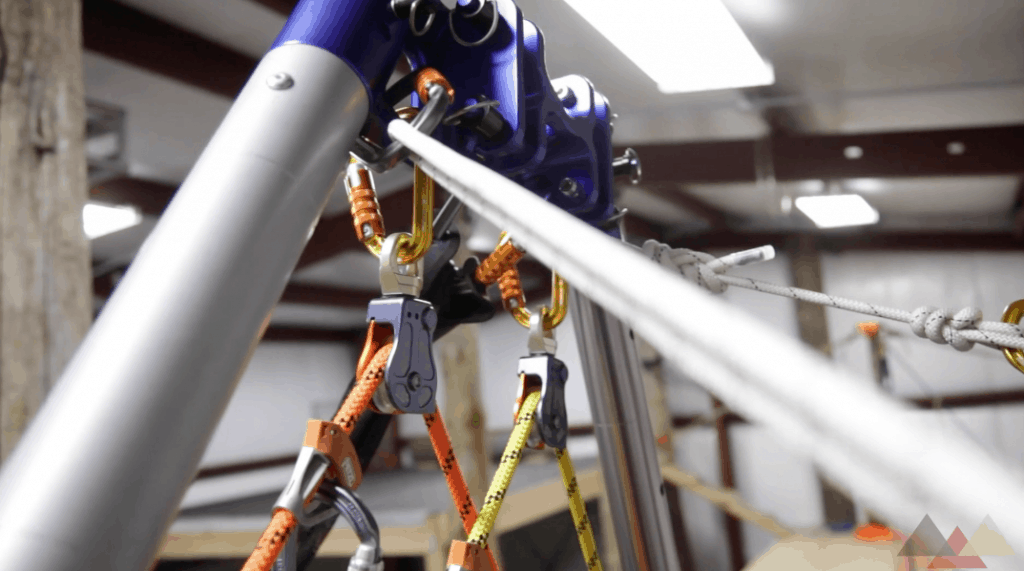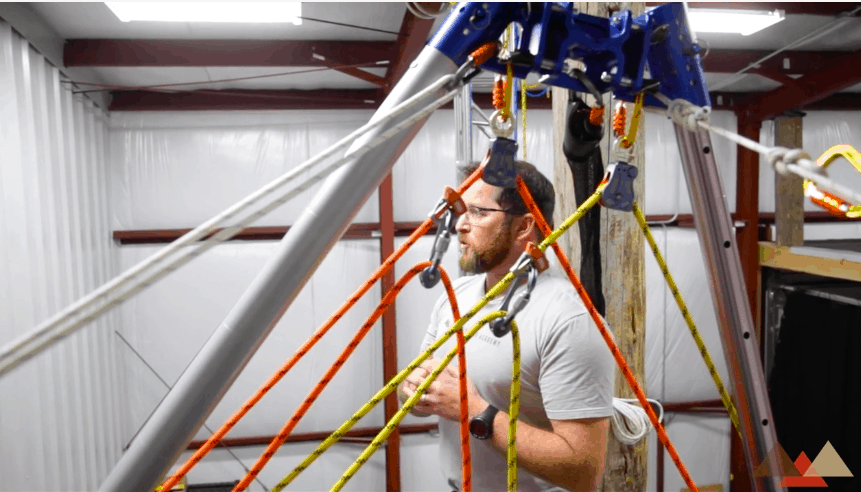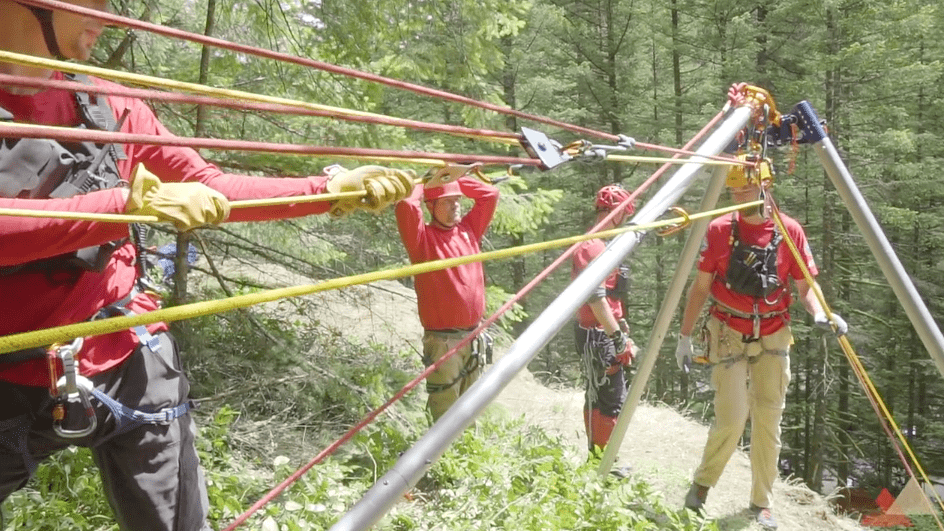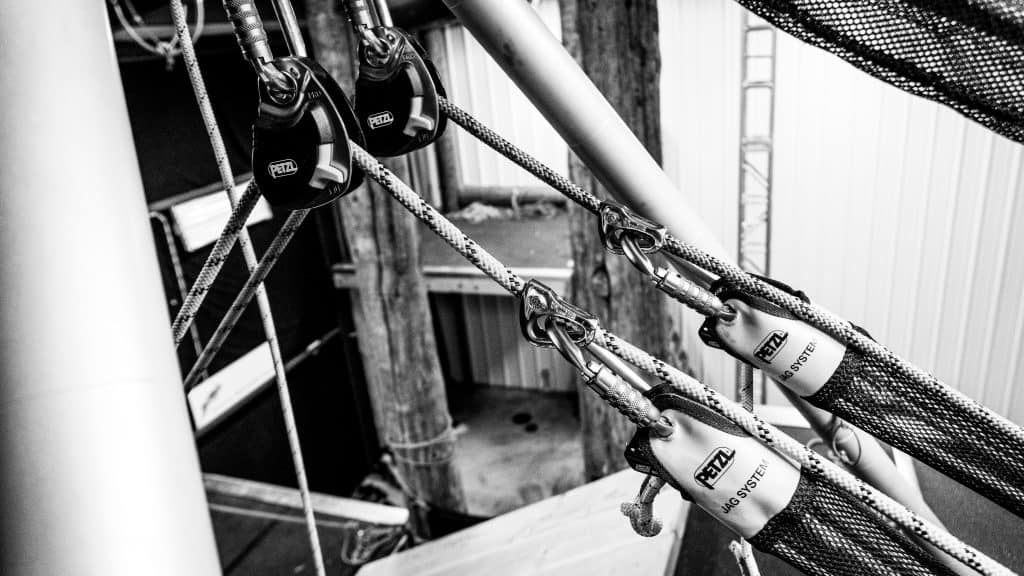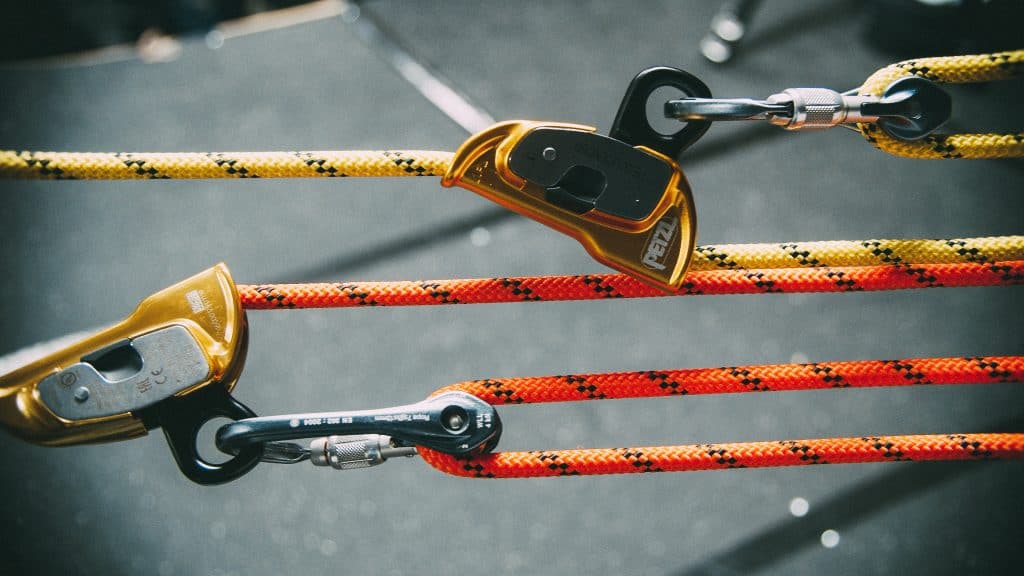Two Rope Tension System A-Frame
Two Rope Tension System A-Frame Resultant Insight In technical rescue and rigging, understanding resultant forces is fundamental to ensuring stability and safety in complex systems. When working with a two-rope tension system and an A-frame configuration, the interaction of forces becomes critical, particularly in achieving proper compression and balance. This insight into resultant forces and […]
Two Rope Tension System A-Frame Read More »

